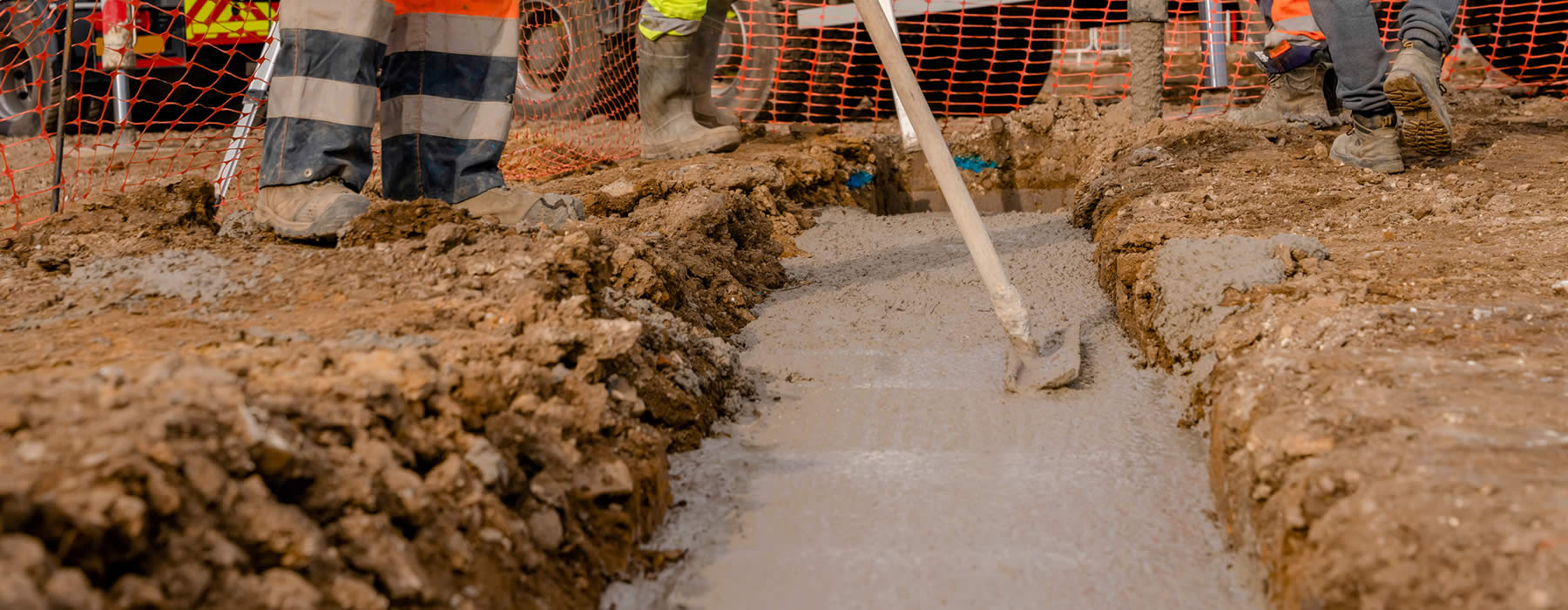Tips for Successful Concrete Pouring in All Seasons
Scotland, with its stunning landscapes and rich history, is a land of contrasts. From the rugged Highlands to the bustling cities, the beauty of Scotland is undeniable. However, there’s one aspect of Scotland that can be quite challenging for construction projects: the weather. The ever-changing Scottish weather can pose significant challenges for concrete pouring, making it essential to adapt and plan accordingly. In this blog post, we’ll explore valuable advice and best practices for handling concrete delivery and pouring during different seasons in Scotland. We’ll also discuss how volumetric concrete mixers can help mitigate weather-related issues and ensure a smooth construction process.
Navigating Scottish weather can be a challenge, but with careful planning, the right equipment, and adherence to best practices, successful concrete pouring is achievable in all seasons. Beatson’s Volumetric concrete mixers, in particular, offer a versatile and efficient solution for handling the unpredictable Scottish climate.
The Scottish Weather Dilemma
The weather in Scotland is notoriously unpredictable. One moment, you may be enjoying a bright, sunny day, and the next, you could find yourself caught in a rainstorm or even snowfall. These rapid weather changes can wreak havoc on construction projects, particularly when it comes to concrete pouring. Here are some of the common weather-related challenges that Scottish construction teams face:
Rainfall
Scotland is known for its frequent rain showers, which can lead to wet and muddy construction sites. Excess water can weaken the concrete mix, resulting in poor quality and delayed construction schedules.
Temperature Fluctuations
Scotland experiences a wide range of temperatures throughout the year. Freezing temperatures in the winter can cause concrete to freeze before it sets, while hot summer days can accelerate the setting process, making it challenging to work with the material.
Wind
Strong winds are another factor that can affect concrete pouring. Wind can cause surface evaporation, which can lead to surface cracking and a weaker concrete structure.
Snow and Ice
In the winter, snow and ice can make construction sites treacherous. These conditions can delay work and pose safety risks to construction workers.
Given these challenges, it’s crucial for construction companies in Scotland to be well-prepared and equipped to handle adverse weather conditions.
Concrete Delivery and Pouring Best Practices
To successfully navigate the unpredictable Scottish weather, follow these best practices for concrete delivery and pouring:
Plan Ahead
Check the weather forecast regularly and plan concrete pours during periods of stable weather.
Adjust your concrete mix based on the season. For example, use accelerators in winter to speed up the setting time and reduce the risk of freezing.
Schedule concrete pours during the milder parts of the day to avoid extreme temperatures. Morning or late afternoon pours are often ideal.
Proper Site Preparation
Ensure proper site drainage to prevent water from pooling on the concrete surface.
If rain is in the forecast, have tarps or plastic sheets on hand to cover the freshly poured concrete.
In winter, consider using ground heating systems to keep the ground temperature above freezing.
Use Volumetric Concrete Mixers
One of the most effective ways to mitigate weather-related issues during concrete pouring in Scotland is to use volumetric concrete mixers. These advanced machines offer several advantages:
Volumetric mixers can mix concrete on-site, ensuring that the mix is fresh and tailored to the specific requirements of the project.
With volumetric mixers, you can adjust the mix design on the fly to accommodate changes in weather conditions or project needs.
Volumetric mixers deliver concrete directly to the construction site, minimizing the risk of delays caused by traffic or adverse weather conditions.
Since the mix is made on-site, there is less waste compared to traditional drum mixers.
Monitor and Protect the Concrete
Temperature Monitoring: Use temperature sensors to monitor the concrete’s temperature during curing. This helps ensure proper curing and reduces the risk of cracks.
Curing Covers: Use curing blankets or insulating materials to protect the freshly poured concrete from temperature extremes and moisture loss.
Safety First
Prioritize the safety of your construction crew. Ensure that they are equipped with appropriate clothing and gear to work in varying weather conditions.





